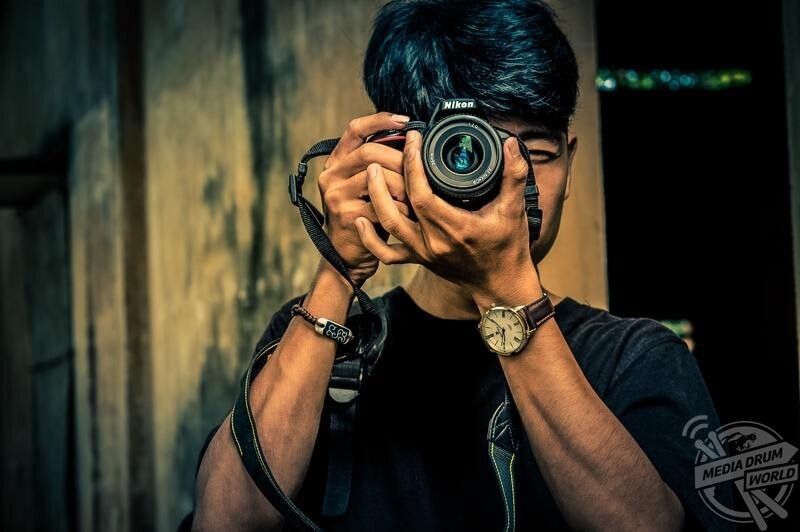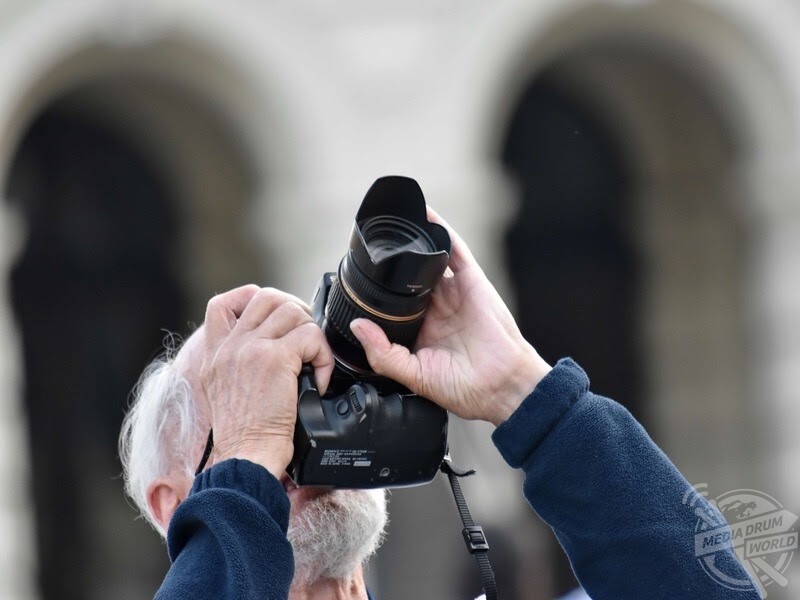Anyone can hold a camera and take a picture of the scene in front of them, but not everyone can take the perfect picture according to the way they visualize it. It takes a lot of experience to create an eye attentive to details, and it takes even more effort and practice to be able to convey these details in a picture. Whether you’re a beginner or you’ve been dabbling in photography for a while, here are some useful photography tips and tricks from the pros.

1. Get Familiar With Your Camera Settings
Your camera is your weapon; the more familiar you become with it, the better you’ll become at utilizing it. As is the case with all weapons, you’ll need to spend hours experimenting with your camera and exploring its settings until it feels like an extension of your body. Don’t be scared of messing around with the camera’s settings to know how different settings produce different pictures. As a beginner though, you may face some difficulty in understanding the industry-specific words in the camera settings. You can look for a plain-language glossary or use the tutorial-mode in your camera to help you get the right footing.
2. Invest in Knowledge Over Equipment
There’s a common misconception among amateur photographers; many of them believe that they can only take high-quality pictures with advanced equipment. However, that is only half-true. Even if you have advanced equipment, your photographs will only be as good as your skills allow them to be. If you’re really looking to raise your photography game, you’d be much better off investing in knowledge over equipment. If you have some extra money to spare, it’s better to enroll in a photography course to learn from the pros. You can also find a lot of useful tips and tricks online for free.
3. Pick the Right Equipment
Just because knowledge is more important than investing in advanced equipment doesn’t mean you shouldn’t choose your equipment carefully. In fact, choosing the right equipment will help you hone your skills even further. Since you’ll need the right equipment to take the shots you desire, you’ll first need to identify your style of photography. Once you do that, you’ll be able to narrow down your choices of lenses to use. Furthermore, if you’re only able to buy one filter for your lens, it’s best to go with a circular polarizer. This filter will help in reducing reflections, improving colors, and protecting your lens all at once.
4. Keep a Stable Hold
When it comes to photography, it’s mostly a game of take-it-or-miss-it. If you lose the chance to take a picture at the right time, you might never get another chance. At the same time, you might just end up with a blurred or shaken picture if you rush to take it. To keep a fine balance between taking the picture and maintaining its quality, you’ll need to practice keeping a stable hold on your camera. You can even hold the camera using both hands for better control. Alternatively, make sure to use a shutter speed that suits the focal lens of your camera; slow shutter speeds are more sensitive to movement. If you often suffer from shaking hands and you can’t seem to stabilize the camera, consider getting a tripod or a lens stabilizer.
5. Use the Rule of Thirds
Professionals and amateurs alike use the rule of thirds to improve the composition of their pictures. The rule of thirds entails dividing the picture into 9 equal squares, with two horizontal and two vertical lines. You can then place the focal point of the picture in the middle or align the subject with one of the intersecting points of two lines.
6. Master the Exposure Triangle
Out of all the tricks you can learn, mastering the exposure triangle will provide you with the most options. The exposure triangle consists of the Aperture, Shutter Speed, and ISO, and mastering these three basics will help you make the best shots. In addition to learning how to use each one of them, you’ll need to build a good understanding of how they work together. Oftentimes, changing one of them would require adjusting the other two as well to get the sought-after results.

Once you delve into the world of photography, you’ll realize that learning is an on-going process. You start with the basics and work your way toward more advanced tricks. You’ll also come across an infinite number of hacks to manipulate the lighting, background, and composition of the pictures. Over time, you may even start coming up with your own hacks!


